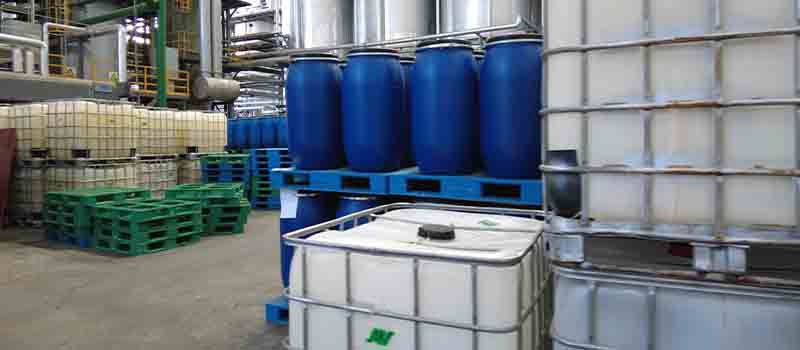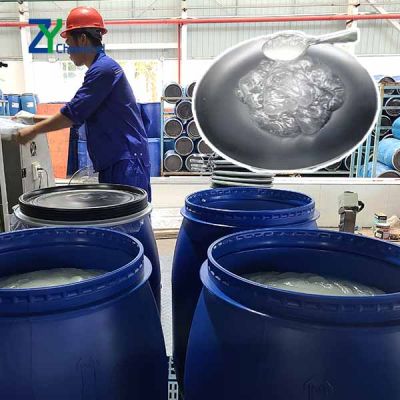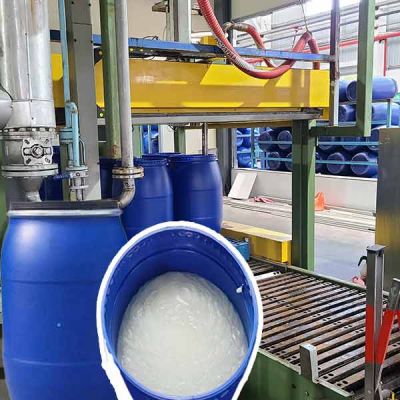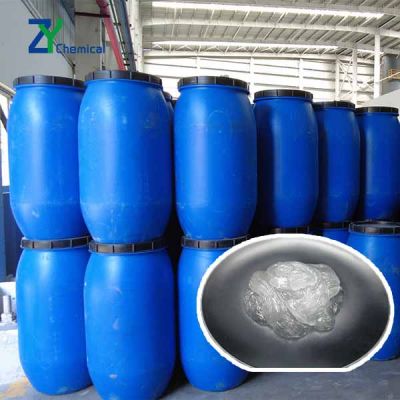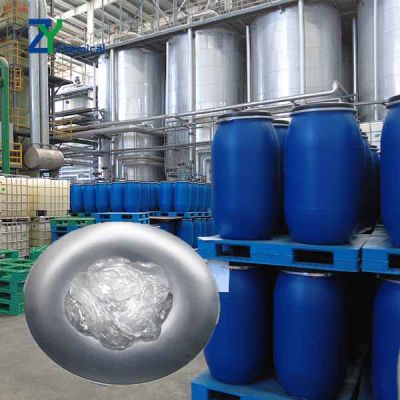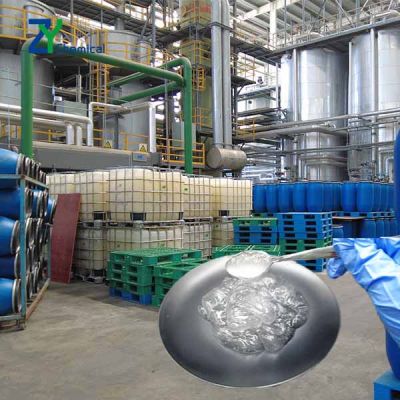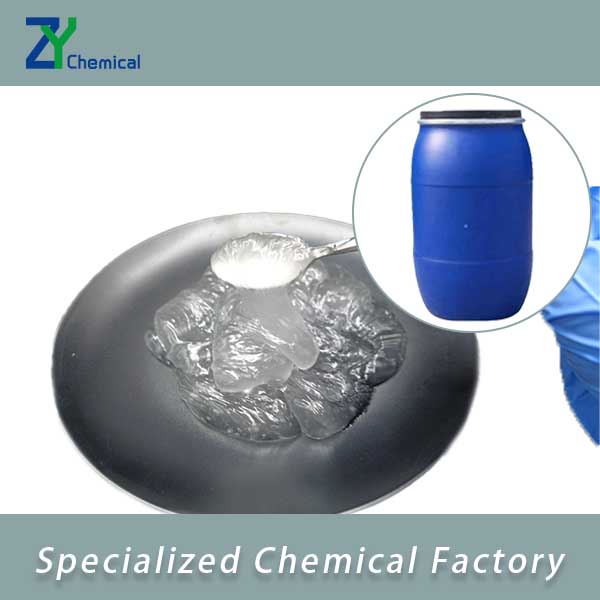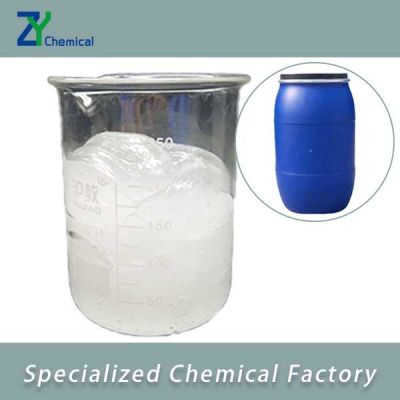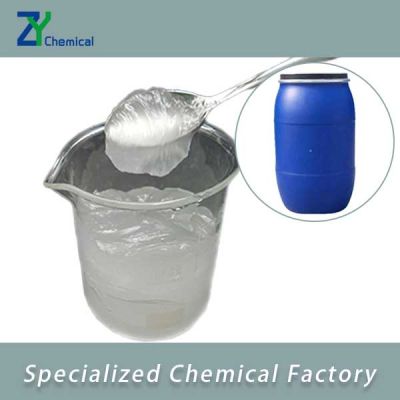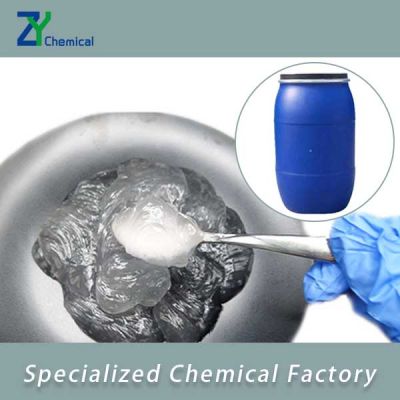Natrium lauryl ether sulfate sles texapon n70
SLES 70,sodium laurylsufate (SLS). ammonium laurnyl sulfate (ALS). and sodium pareth sulfate are surfactants used in many cosmetic productsfor their cleansing and emulsifying properties.
Also used in the electroplating industry, especially nickel and zinc; as an emulsifer,Irgator and adjuvant in insecticides; as an emulsifer andpenetrating agent in varnish and paint removers; in injection molded embodiments; agent in the sun in solid rockets.
Natrium lauryl ether sulfate sles texapon n70 Description
Linear alkylbenzene sulfonate (LAS) is now the world’s largest-volume synthetic surfactant, which includes the various salts of sulfonated alkylbenzenes. It’s widely used in household detergents as well as numerous industrial applications.
LABSA is an anionic surfactant, with molecules belonging to a hydrophilic and a hydrophobic group. This is a nonvolatile chemical compound, synthesized through the process of sulfonation. The sulfonation process includes reagents like sulfuric acid, chlorosulfonic acid, sulfamic acid, and diluted sulfur trioxide.
The starting material LAB (linear alkylbenzene) is a product of the alkylation of benzene with n-paraffins. The catalyst is either hydrogen fluoride (HF) or aluminum chloride (AICI3). LAS is further produced by the sulfonation of LAB with oleum in batch reactors.
As a compound of homologs, LABSA comprises various alkyl chain lengths (C10 to C13 or C14) together with phenyl positional isomers of 2 to 5-phenyl. The phenyl proportions are dictated by the starting materials and reaction conditions. Each of those contains an aromatic ring. Sulfonated at the para position, it’s attached to a linear alkyl chain at any position, with the exception of terminal one (1-phenyl).
The chemical and physical properties of LABSA differ based on the length of the alkyl chain. This results in a variety of formulations, adequate for many applications. The resulting surfactants are often used in the chemical industry to improve contact between water and minerals.
The majority of other applications are featured in industrial, institutional, and commercial cleaners. LABSA is also used as an emulsifier and as a wetting agent.
Linear alkylbenzene sulfonic acid is a highly usable synthetic surfactant due to its relatively low cost and good performance. Additional advantages are featured in the ability to be dried to a stable powder. Its straight chemical chain makes it biodegradable, adding to the environmental consciousness factor. Although some of the competitive surfactants have advantages of greater hard-water tolerance or better compatibility with enzymes, LABSA has overall more favorable properties and is often more affordable.
Commonly, the percentage range of LABSA in detergent powder is 5%-28%. The amount of 5%-12% is usually considered low-class quality. The range of 12%-16% is a mid-class quality, while 16%-28% belong to the high-class grade.
